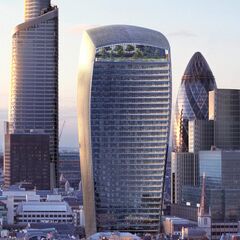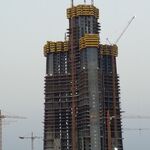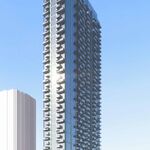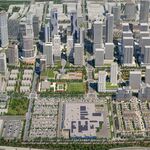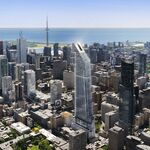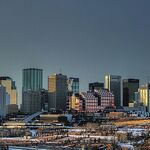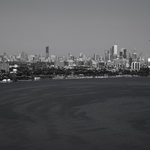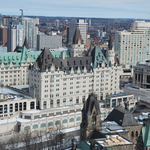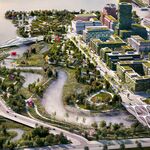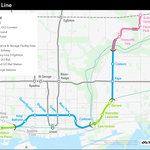We all know that buildings don't always turn out like the renderings. Last-minute changes and real-life materials can all cause discrepancies between the vision and reality of a project. In our weekly Flash Forward Friday feature, we take a look at how different projects stack up.
The architectural tribulations of London's 'Walkie Talkie,' officially known as 20 Fenchurch, are well documented. Since its completion in 2014, the Rafael Viñoly Architects-designed skyscraper has been accused of melting cars, scorching doormats, and knocking pedestrians off their feet by exacerbating the wind tunnel effect on the ground. And while the building should be commended for its outside-the-box thinking, it's that same drive for idiosyncrasy that offended stalwart proponents of London's historic image as a city of spires, not skyscrapers. But unbeknownst to many, the infamous building once possessed a much more concave design, which may have magnified its solar glare dilemma to true death ray standards.
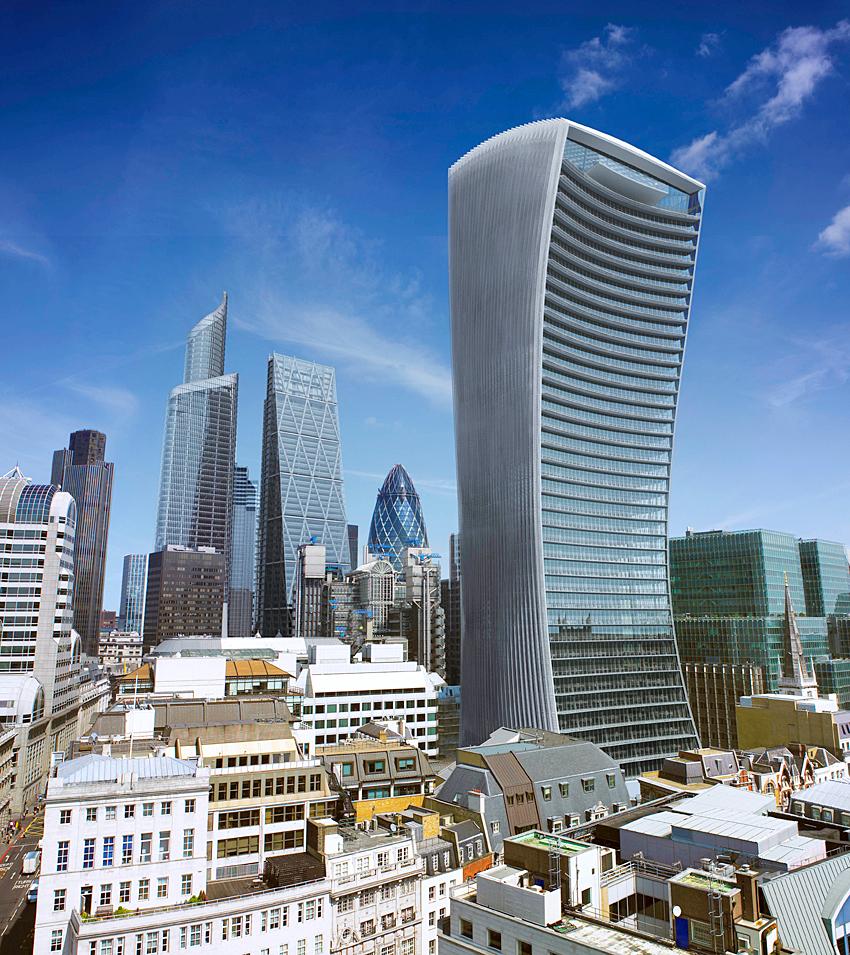 The previous design for 20 Fenchurch, image via Rafael Viñoly Architects
The previous design for 20 Fenchurch, image via Rafael Viñoly Architects
20 Fenchurch stands closer to the River Thames in relative isolation from London's main building cluster. In order to maximize space for the valuable upper storeys of the 160-metre tower, the building's floor plates enlarge with its rise, culminating in a three-level sky garden that boasts London's first free public green space and observation deck. Despite a noticeable evolution in design, the architects maintained their desire to invert the traditional building volume and adhere to the descending profile of the main cluster.
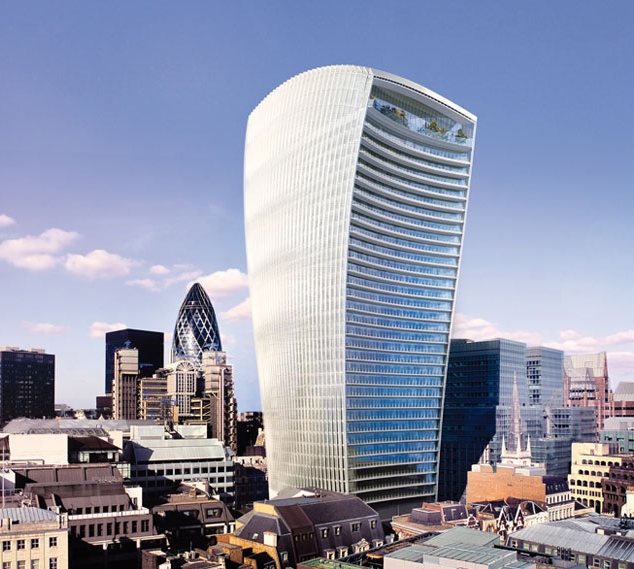 The final design for 20 Fenchurch, image via Rafael Viñoly Architects
The final design for 20 Fenchurch, image via Rafael Viñoly Architects
Proposed for the site of a preexisting 25-storey office tower, which was demolished in 2008, Viñoly's previous concept dictated a tower nearly 200 metres in height. Its curvature was more pronounced than what was eventually built, with the skyscraper's floorplates tapered in the middle, and the lower and upper levels generally the same square footage. The design was scaled down following concerns over its potential impact on views of St Paul's Cathedral and the Tower of London, with the final approval granted in 2006. That planning permission paved the way for the tower that was ultimately built, which instead features a gradually growing floor plate, leading to some criticism over its top-heavy profile.
 The completed 20 Fenchurch, image by Flickr user Sean MacEntee via Creative Commons
The completed 20 Fenchurch, image by Flickr user Sean MacEntee via Creative Commons
Acting like a concave mirror that directs sunlight onto the streets to the south, it was soon discovered that the building had a major problem with solar glare. Readings at street level recorded temperatures up to 91 and 117 degrees celsius during the summer of 2013, intense enough that a local reporter was able to fry an egg in a pan placed on the ground. The media was quick to react, dubbing the building the "Walkie Scorchie" and "Fryscraper." A brise soleil — which Viñoly claims was originally planned but value-engineered out of the design — was then installed to remedy the issue.
We will return next Friday with another comparison!

 8.4K
8.4K 



